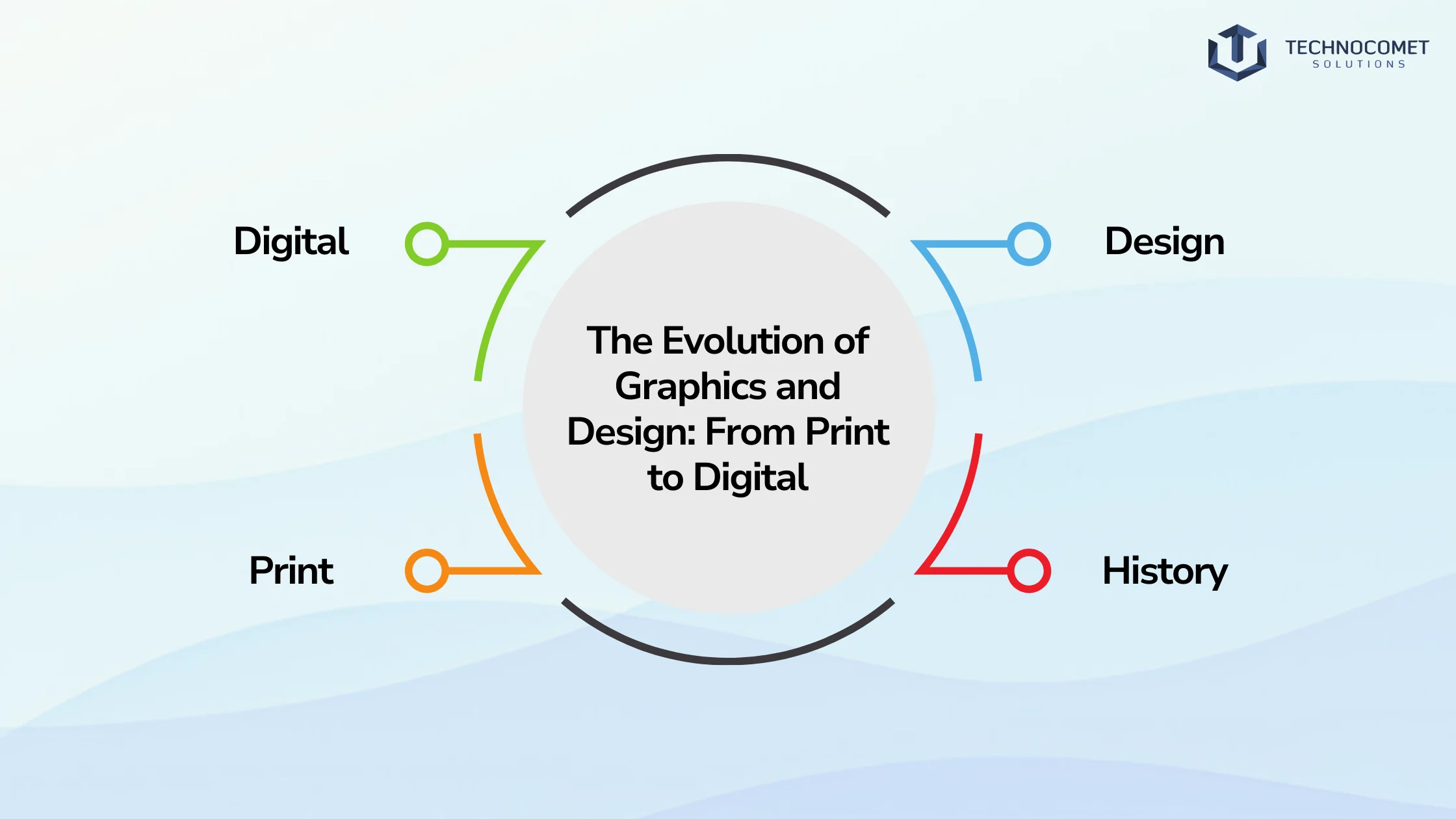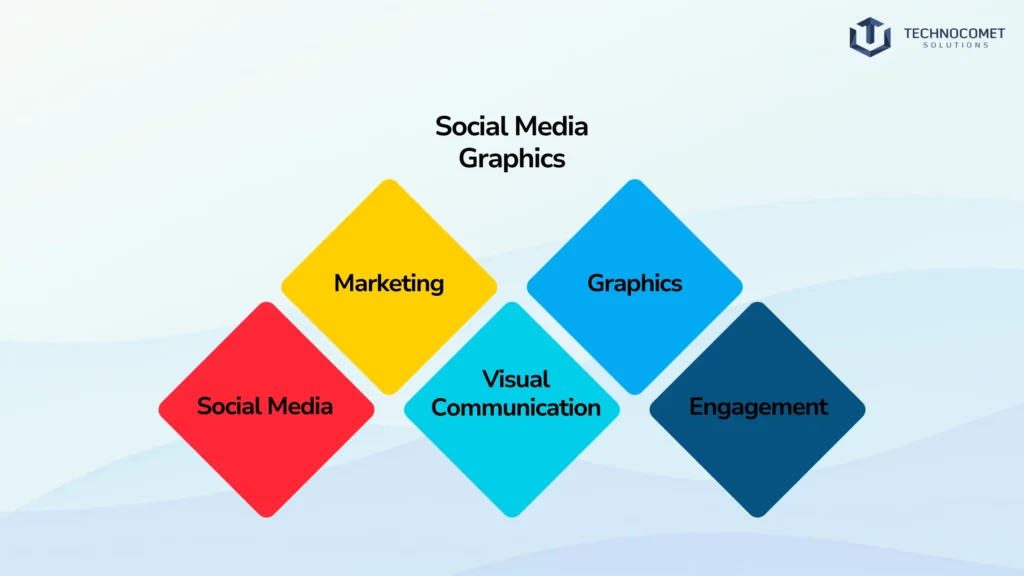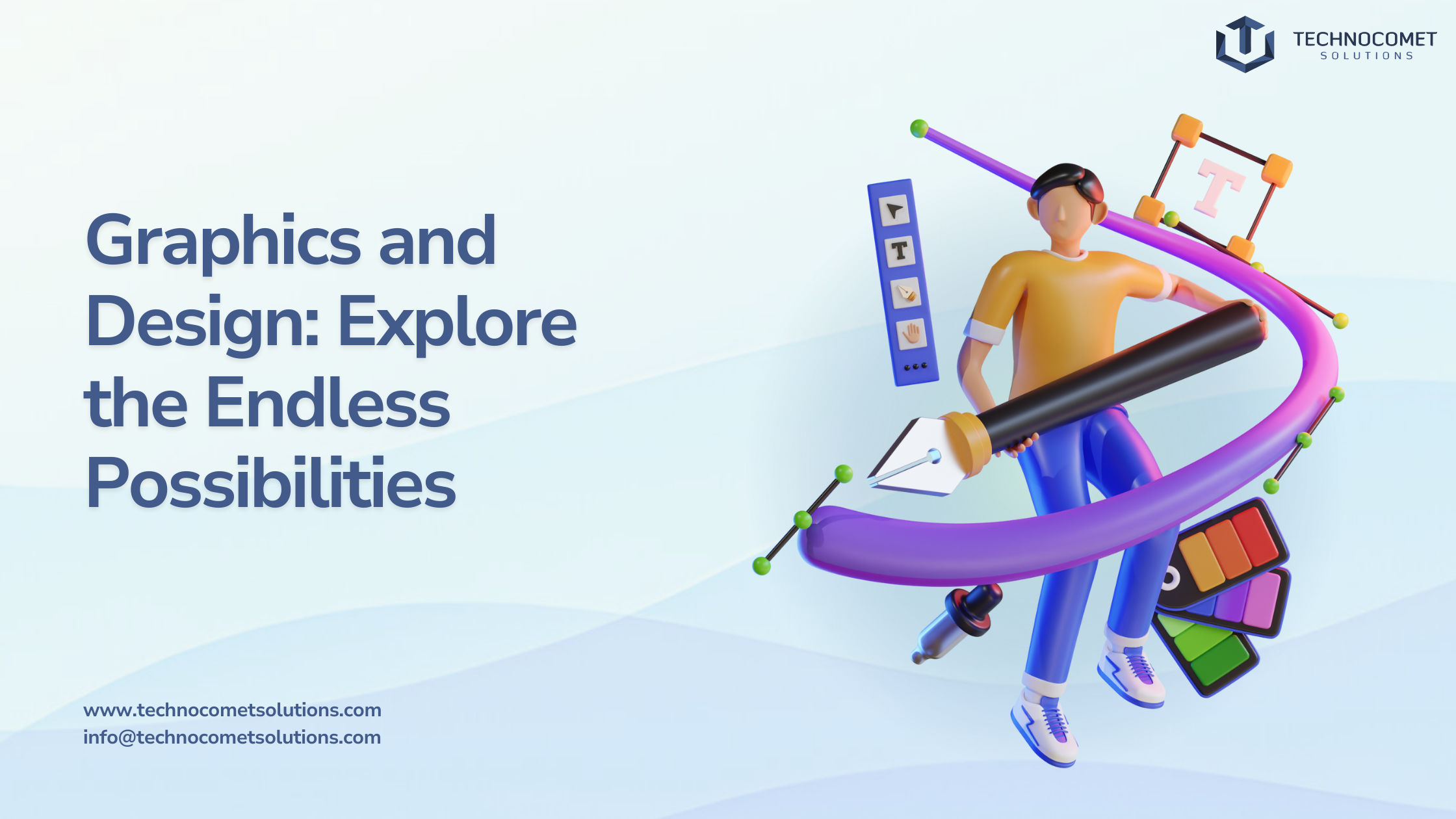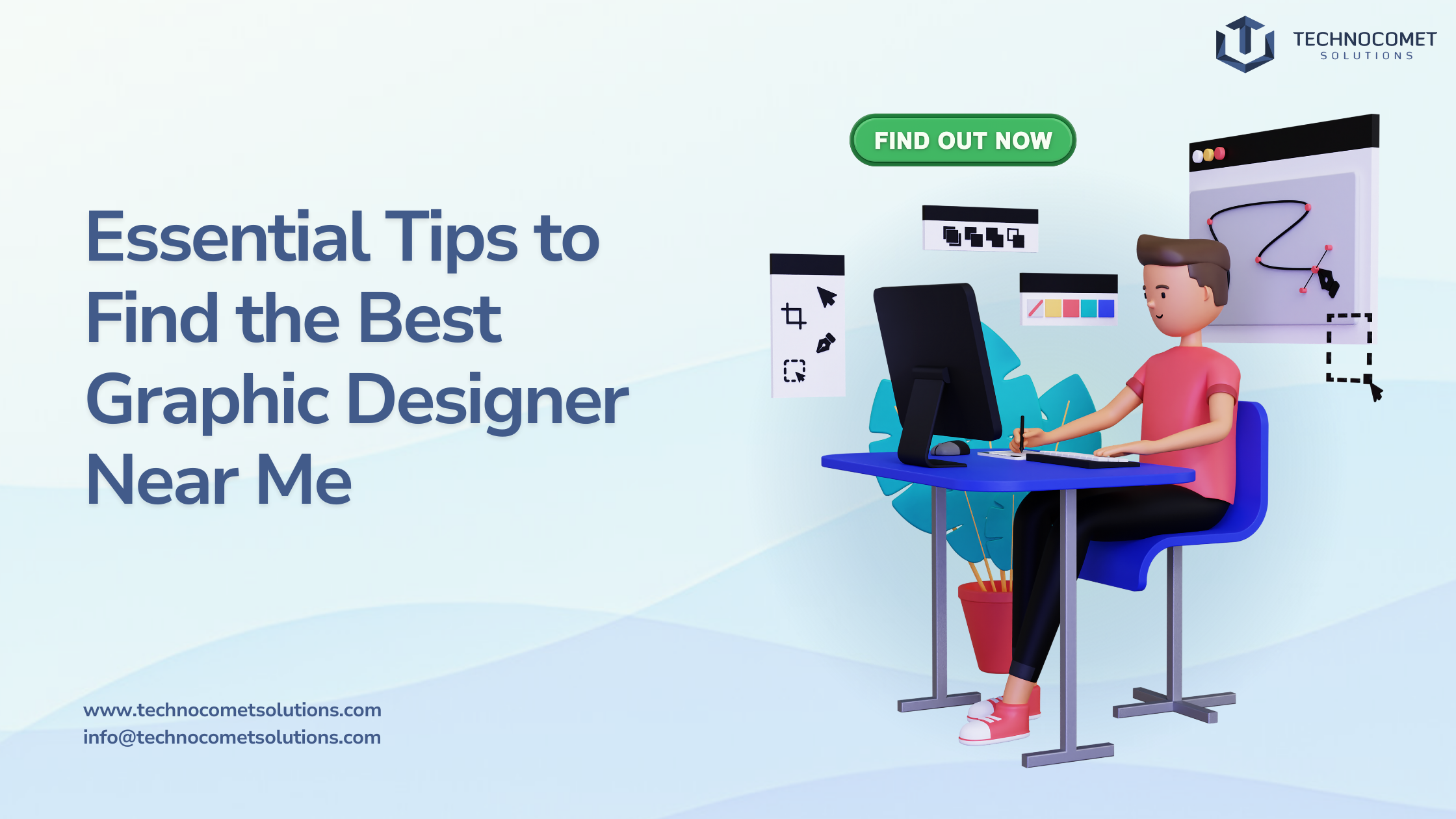Introduction
Graphic design has transformed significantly over the years, evolving from traditional print methods to the dynamic digital landscape we see today. This blog explores the endless possibilities in graphics and design, highlighting its evolution, the tools available, and the future trends that will shape the industry.

The Evolution of Graphics and Design: From Print to Digital
Graphic design has a rich history that dates back to the invention of the printing press by Johannes Gutenberg in the 15th century. This innovation revolutionized communication, allowing for the mass production of books and visual materials. Initially, graphic design was primarily focused on print media, including posters, advertisements, and magazines.
The late 19th and early 20th centuries marked the rise of artistic movements such as Art Nouveau and Modernism, which emphasized aesthetics and functionality. With the introduction of computers in the late 20th century, graphic design began its shift to the digital realm. Designers started using software like Adobe Photoshop and Illustrator, which allowed for more intricate and creative designs than ever before. Today, graphic design encompasses a wide range of applications, from branding to digital marketing, showcasing its importance in our visual culture.
Unleashing Creativity Through Digital Tools
The digital age has opened up a world of possibilities for graphic designers. With cutting-edge software and tools, designers can create stunning visuals that capture attention and communicate messages effectively. Mastering the Adobe Suite is essential for any aspiring graphic designer, as it offers a comprehensive set of tools for photo editing, vector graphics, and layout design.
Beyond Adobe, there are numerous other software options available, including Sketch, Figma, and Canva, which cater to different aspects of graphic design. These tools not only enhance creativity but also streamline workflows, allowing designers to produce high-quality work more efficiently.
Exploring New Trends: Innovations in 3D Design, AR, and VR
As technology continues to evolve, new trends in graphics and design are emerging. Innovations in 3D design, augmented reality (AR), and virtual reality (VR) are reshaping how we create and experience visual content.
3D design allows for more immersive and interactive experiences, making it a popular choice for industries such as gaming and product visualization. AR and VR take this a step further, enabling users to engage with designs in a spatial context. These technologies are not just for entertainment; they are also being utilized in education, marketing, and healthcare, showcasing the versatility of graphics and design in various fields.
The Role of Design in Branding and Identity
A well-designed logo is often the first impression a customer has of a brand. It should be simple yet memorable, encapsulating the essence of the brand. Typography also plays a significant role in brand identity, as the choice of fonts can evoke different emotions and perceptions.
Visual consistency across platforms is essential for building a cohesive brand image. This means ensuring that all design elements, from social media graphics to website layouts, align with the brand’s overall aesthetic and message. Consistency helps establish trust and recognition among consumers, making it a key aspect of effective branding.
Graphic Design in Digital Media
The rise of digital media has transformed how graphic design is utilized. Web design has become a critical area, focusing on creating user-friendly and engaging websites. A well-designed website not only attracts visitors but also enhances their experience, leading to higher conversion rates.

Social Media Graphics
Social media has become a powerful marketing tool, and effective visual communication is essential for capturing audience attention. Graphic designers must create eye-catching graphics that resonate with users and encourage engagement. This includes understanding the unique requirements of each platform and tailoring designs accordingly.
The Future of Graphics and Design
As we look ahead, emerging technologies like artificial intelligence (AI) and machine learning are set to shape the future of graphics and design. These technologies can automate repetitive tasks, allowing designers to focus on more creative aspects of their work.
To thrive in this rapidly changing landscape, designers must continuously adapt and learn new skills. Understanding user experience (UX) design, coding basics, and staying updated on industry trends will be crucial for future graphic designers.
Conclusion
The world of graphics and design is vast and ever-evolving. From its roots in print to the limitless possibilities of the digital age, graphic design has proven to be an essential component of visual communication. As technology advances, so do the opportunities for creativity and innovation. By embracing these changes and honing their skills, graphic designers can continue to make a significant impact in our visually driven society.
Ready to explore the endless possibilities in graphics and design? Let TechnoComet Solutions help you bring your vision to life with our expert IT services. Contact us today!
FAQs
Graphic design is essential in today’s digital world, as it helps businesses communicate their message effectively, build brand identity, and engage audiences through visually appealing content.
To get started with graphic design, begin by familiarizing yourself with essential software like Adobe Photoshop and Illustrator, and explore online tutorials and courses to build your skills.
Current trends in graphic design include the use of 3D design, augmented reality (AR), and virtual reality (VR), as well as a focus on minimalism and bold typography.
To maintain visual consistency, create a style guide that outlines your brand’s colors, fonts, and design elements, and apply these consistently across all platforms and materials.







